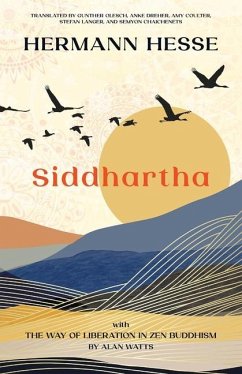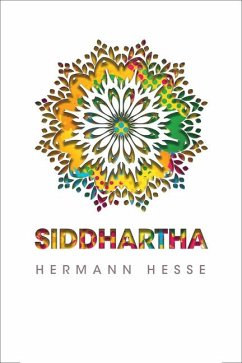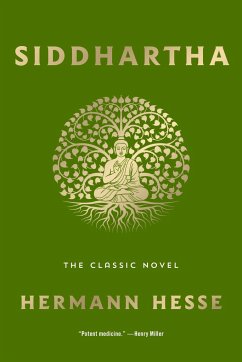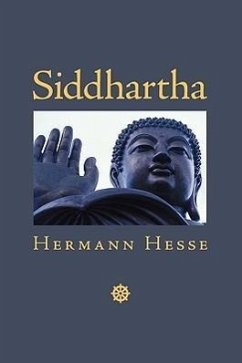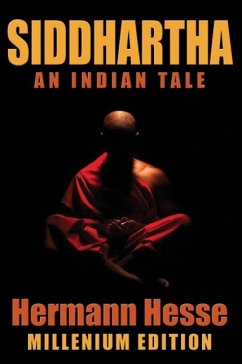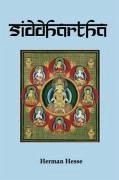
Siddhartha
A New Translation
Übersetzer: Kohn

PAYBACK Punkte
6 °P sammeln!
This classic of twentieth-century literature chronicles the spiritual evolution of a man living in India at the time of the Buddha-a spiritual journey that has inspired generations of readers. Here is a fresh translation from Sherab Chödzin Kohn, a gifted translator and longtime student of Buddhism and Eastern philosophy. Kohn's flowing, poetic translation conveys the philosophical and spiritual nuances of Hesse's text, paying special attention to the qualities of meditation experience. This edition also includes an introduction exploring Hesse's own spiritual journey as evidenced in his jour...
This classic of twentieth-century literature chronicles the spiritual evolution of a man living in India at the time of the Buddha-a spiritual journey that has inspired generations of readers. Here is a fresh translation from Sherab Chödzin Kohn, a gifted translator and longtime student of Buddhism and Eastern philosophy. Kohn's flowing, poetic translation conveys the philosophical and spiritual nuances of Hesse's text, paying special attention to the qualities of meditation experience. This edition also includes an introduction exploring Hesse's own spiritual journey as evidenced in his journals and personal letters.




gretwidm.jpg)
